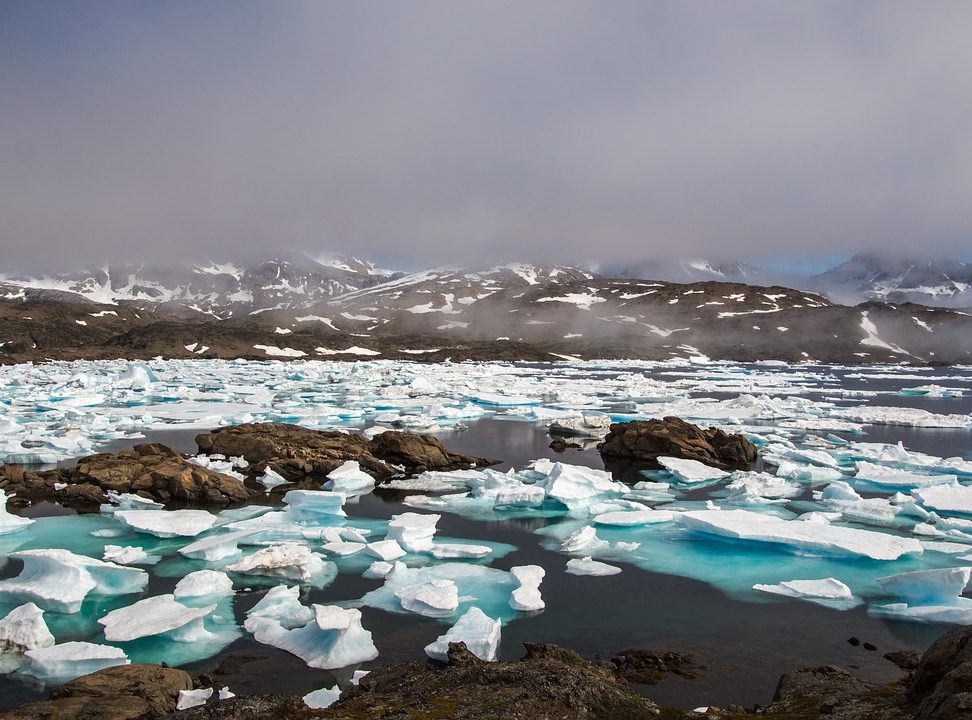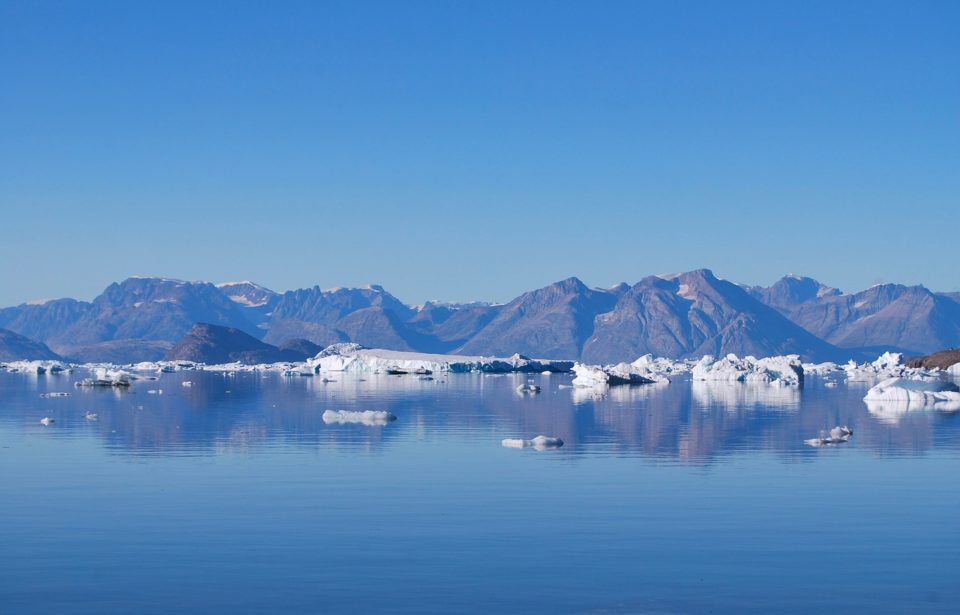Melting ice in Greenland and the Arctic region is a regular, natural process that experts count on. This year’s melting came unusually earlier and broke the 2012 ice melting record. The rapid rise in the world’s oceans could be a disaster for the world’s largest cities and islands.
Jason Box, an ice climatologist of the Geological Survey of Denmark and Greenland, predicted in May this year that 2019 would be a great melting year for Greenland. He was right. His prediction soon came true, already in June.
Peak Melting
In 2012, Greenland’s ice melted up to four times faster than in 2003.

40% of the region experienced ice melting in mid-June – three weeks earlier than usual. The melting peak usually takes place in July.
More than 2 gigatons of ice melted in a single day in June 2019.
Ice Cover
This is due to the size of the snow cover. This year it was lower than the average in West Greenland. Ice and snow reflect the sun’s rays back into space and reduce the amount of heat absorbed. Indeed, the climatologist’s forecast was based on real area monitoring.
Experts Warn
Enormous melting can have significant consequences for the whole world.
Thomas Mote, a scientist at the University of Georgia, said that “Greenland has been increasingly contributing to global sea level rice over the past two decades and surface melting and runoff is large portion of that.”

Mote also said that stable weather patterns is responsible for current increase in ice melting.
According to a study involving NASA, 280 gigatons of ice break off every year from Greenland, causing a worldwide sea level rise of approximately one millimeter.
Eight of the world’s ten largest cities are offshore, and up to half the world’s population lives in areas threatened by rising sea levels, CNN warns.
Source and credit: https://www.elitereaders.com/two-gigatonnes-of-ice-melted-in-greenland/,















